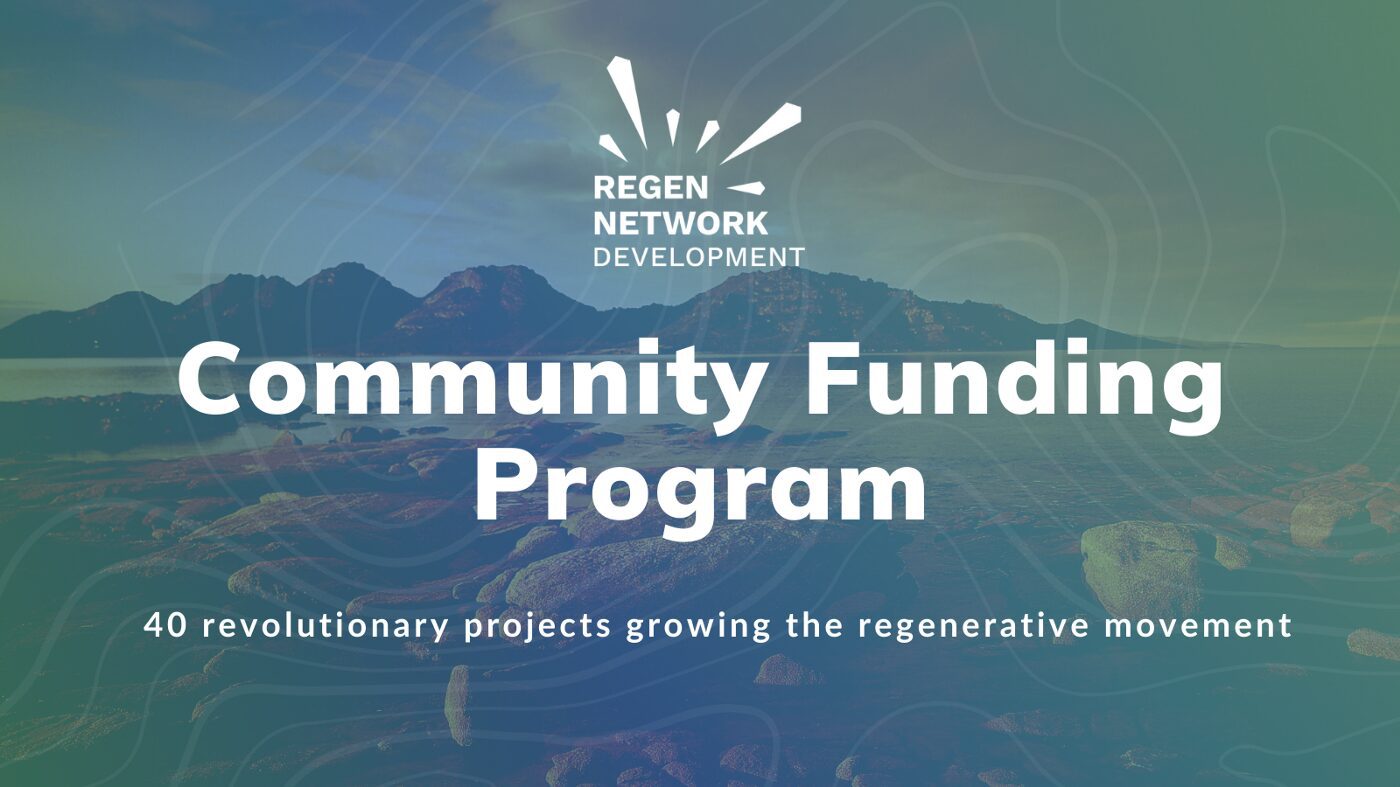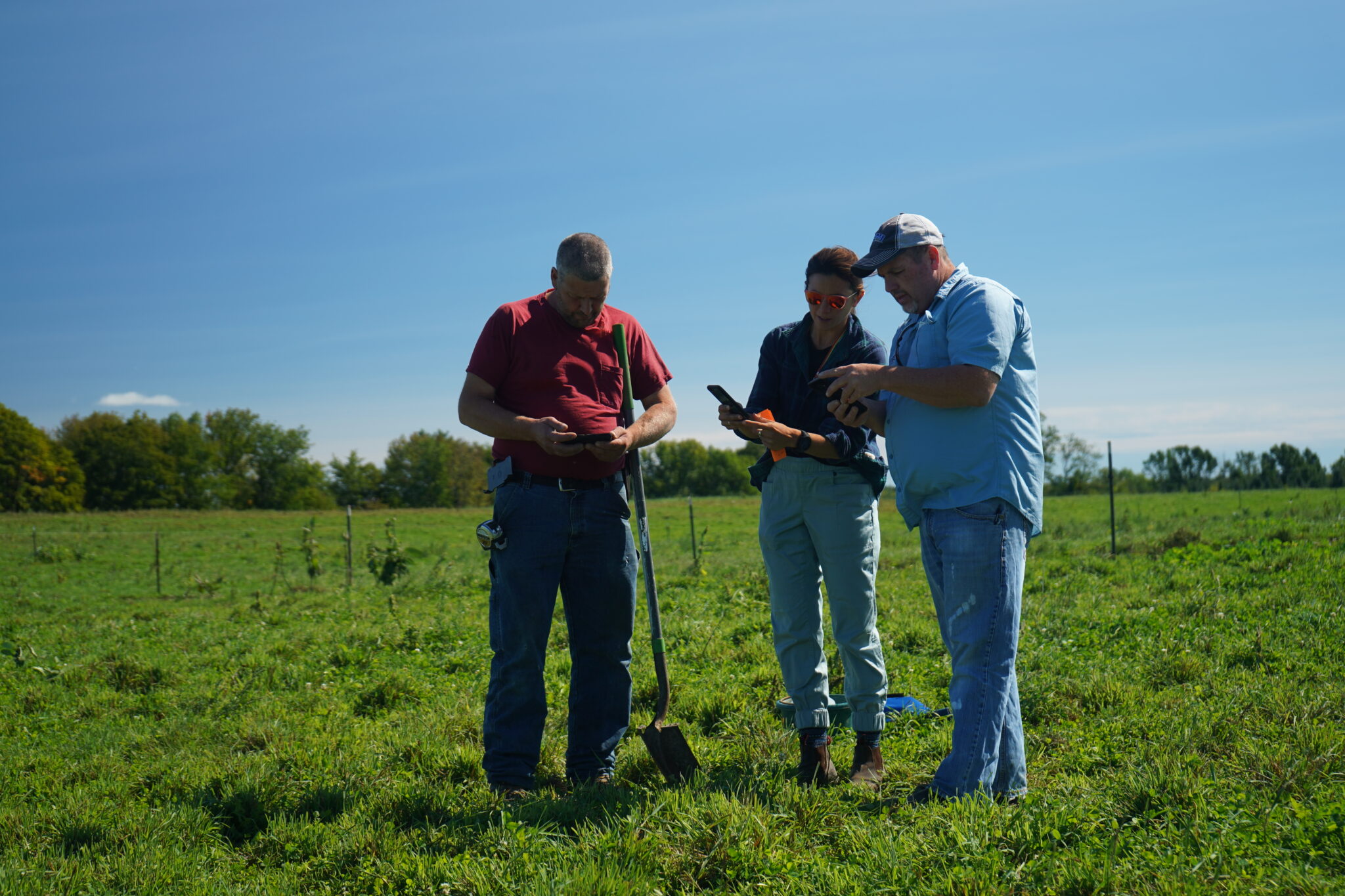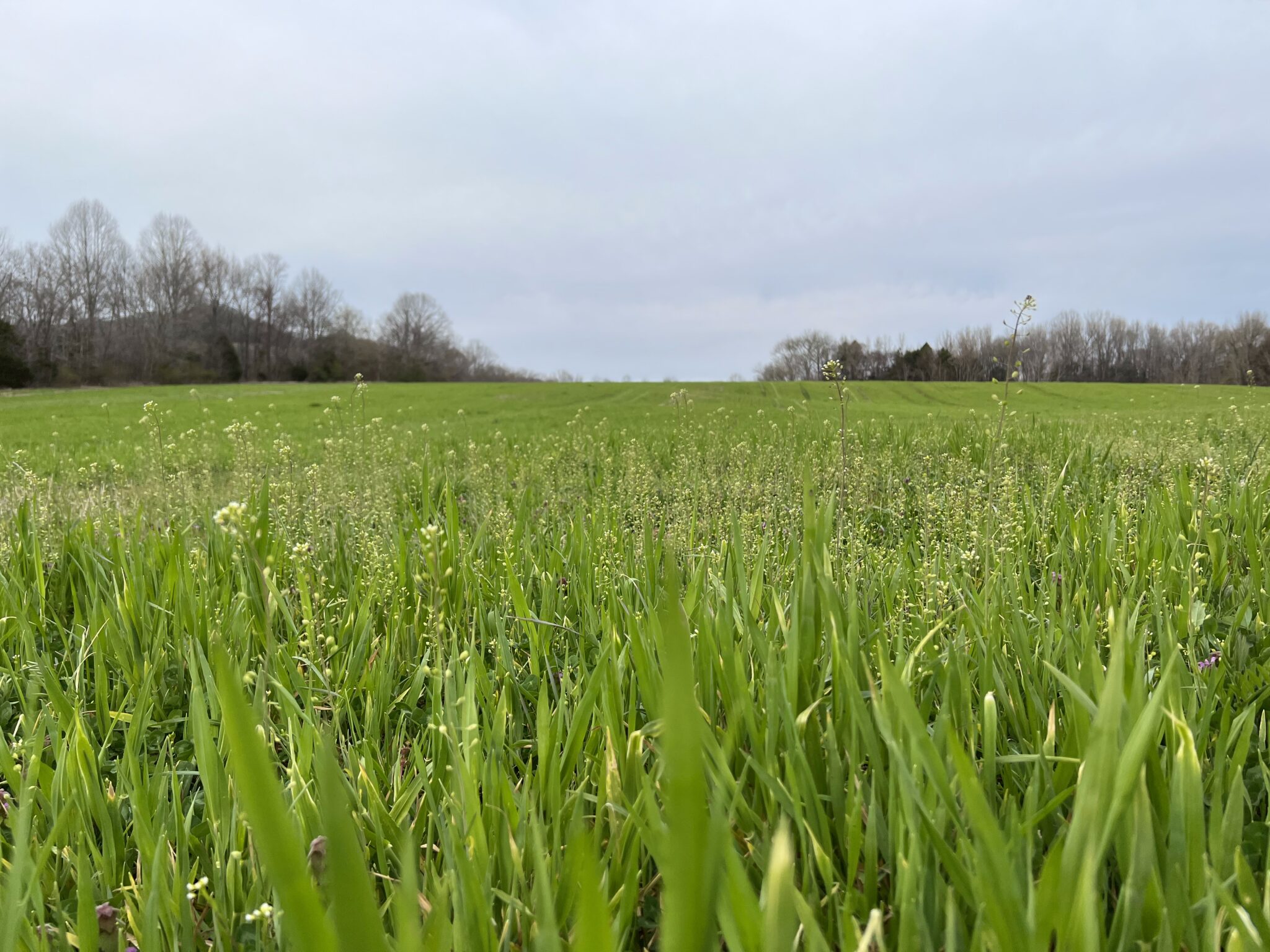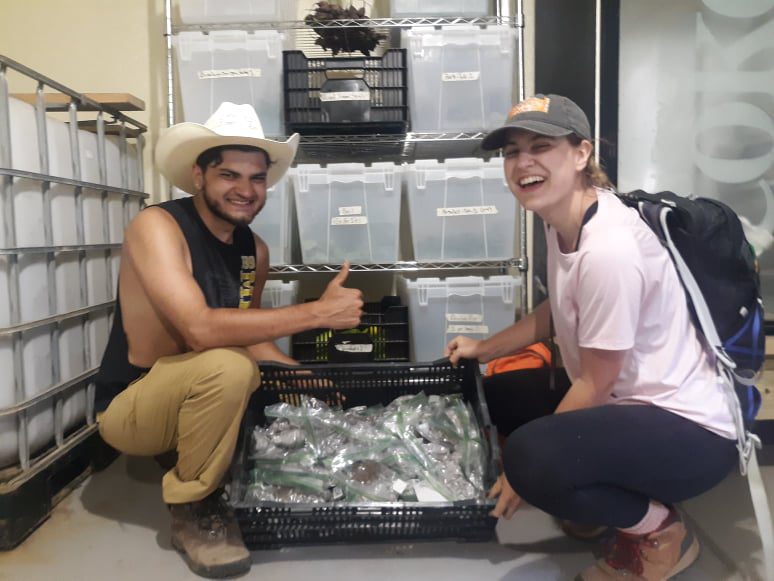At the end of last year, OpenTEAM was awarded a grant through the Community Funding Program by Regen Network for “Designing Quality Assets” resulting from ecological interventions, such as implementing sustainable agricultural practices, at the farm level. This grant will build the foundations for other organizations and communities of land stewards to build on top of.
Carbon A List is leading the charge on the grant, leveraging OpenTEAM community and partners like Regen1, Point Blue Conservation Science, Our Sci, FarmOS, Regen Farmers Mutual, and others to map out activities in their programs that show how land stewards can benefit. The work is creating Use Cases around specific asset types – such as a carbon offset, inset, insurance premium, grant, or other market incentive.
Founded in 2016, Carbon A List supports a wide range of organizations and land stewards in tackling climate mitigation projects. From supporting farm groups in capturing ecological data to helping large commodity organizations determine what to do next to drive soil health outcomes, Carbon A List often sees themselves as a hardware store that provides the necessary tools to support those in the agricultural sector in their climate projects.
“We are creating a hardware store. We don’t necessarily build the tools but we can provide tools already built that can get the job done,” says Christophe Jospe, founder of Carbon A List and previous co-founder of Nori.
“Our tagline is ‘Come for the Carbon, Stay for the Ecosystem.’ We have carbon in our name, but our real hope is for anyone we’re working with to recognize that for true systemic change, we need to move beyond tracking carbon, or even seeing carbon as the end-all be-all asset class,” he continues.
Their projects represent hundreds of thousands of acres of farmland where land stewards are capturing data and being rewarded for their positive impacts. As much of their work requires collecting data to support these projects, Carbon A List joined the OpenTEAM community not only for this grant but to support their other work streams too.
“Our goal is to create equity in enabling farm groups to have input and a voice in the institutions that govern how they do things. We are excited about OpenTEAM because we can do this in an open and collaborative way,” says Jospe.
Through OpenTEAM, Carbon A List supports a collaborative process of designing programs and rules that suit the individual needs and interests of farmers and ranchers in their local regions. This supports the creation of open schema, allowing data to move around more easily and help land stewards to utilize their data more fully in accessing various opportunities and benefits.
This is exemplified through the use case Carbon A List is exploring with Our Sci and Regen Farmers Mutual in Australia, thanks to the Regen Network grant. They are designing the right program that ensures land stewards are compliant with rules and regulations set forth by the Australian government. Through this, the government can more easily compensate farmers and ranchers for their positive impacts to the climate through the Australia Carbon Credit Program.
The use case primarily explores creating aggregated data sets and data warehouses which form data coops to encourage large groups of farmers and ranchers to enroll in the program.
“Through a data coop, those who collect data to monitor ecological improvements can gather their data collaboratively and go to market together,” says Jospe, “Making them stronger together than they are apart.”
Through OpenTEAM, Carbon A List can support more open schema to make environmental claims such as these not only compliant with what the government requires, but helps farmers and ranchers make the right changes to their farm to increase productivity, build soil health, and implement sustainable changes.





